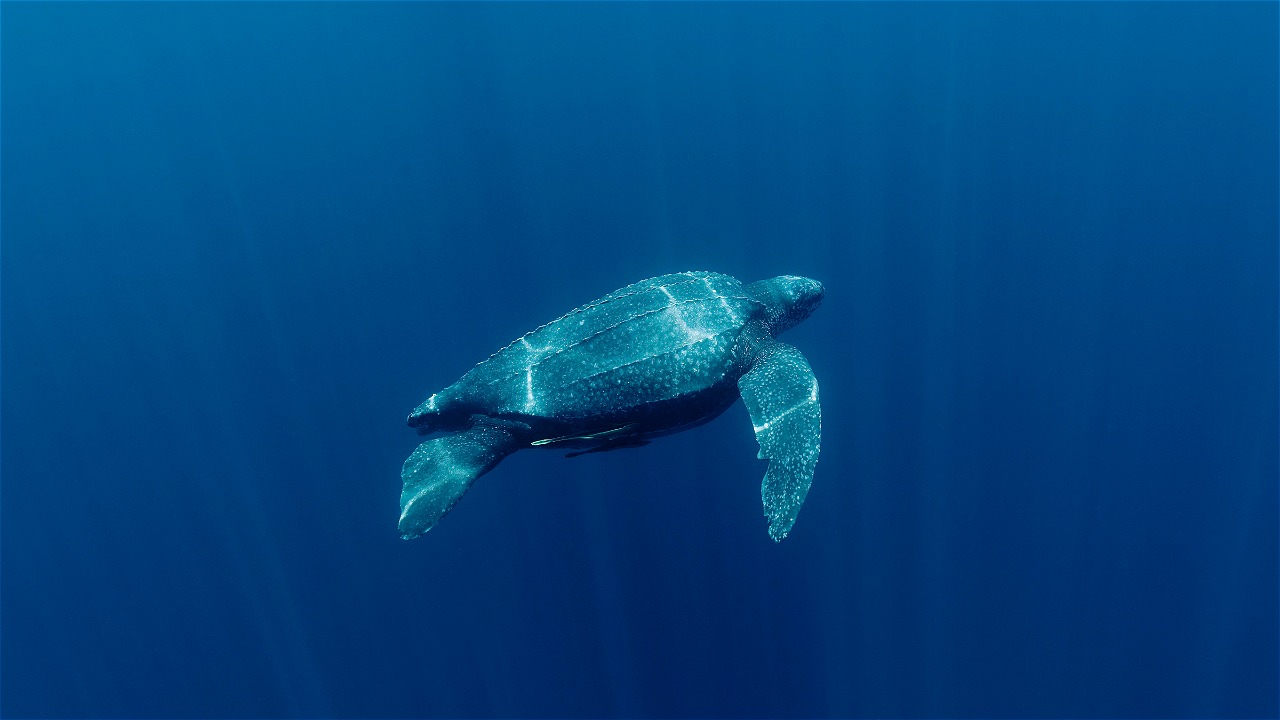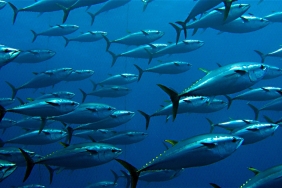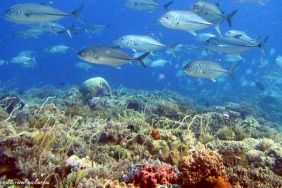MAPS OF THE EXTRAORDINARY MIGRATIONS OF PACIFIC LEATHERBACK TURTLES
“Piecing together the complex linkages between their breeding areas and feeding areas”
The western Pacific leatherback turtle (Dermochelys coriacea), one of three genetically distinct stocks in the Indo-Pacific region, has declined markedly during past decades. This metapopulation nests year-round at beaches of several western Pacific island nations and has been documented through genetic analysis and telemetry studies to occur in multiple regions of the Pacific Ocean.
To provide a large-scale perspective of their movements, high-use areas, and habitat associations. A paper entitled ‘Large-scale movements and high-use areas of western Pacific leatherback turtles, Dermochelys coriacea, written by scientist from NOAA and partners in Western Pacific including WWF Indonesia describe and synthesize results of 126 satellite telemetry deployments conducted on leatherbacks at western Pacific nesting beaches and at one eastern Pacific foraging ground during 2000–2007.
The main conclusions of the studies are there was a clear separation of migratory destinations for boreal summer vs. boreal winter nesters. Leatherbacks that nested during boreal summer moved into Large Marine Ecosystems (LMEs) of the temperate North Pacific Ocean or into tropical waters of the South China Sea. Turtles that nested during boreal winter moved into temperate and tropical LMEs of the southern hemisphere.
Area-restricted search occurred in temperate and tropical waters at diverse pelagic and coastal regions exhibiting a wide range of oceanographic features, including mesoscale eddies, coastal retention areas, current boundaries, or stationary fronts, all of which are known mechanisms for aggregating leatherback prey. Use of the most distant and temperate foraging ground, the California Current LME, required a 10–12 month trans-Pacific migration and commonly involved multiple years of migrating between high-latitude summer foraging grounds and low-latitude eastern tropical Pacific wintering areas without returning to western Pacific nesting beaches. In contrast, tropical foraging destinations (such as in Kei islands, Maluku and Sulu Sulawesi Marine Ecoregion) were reached within 5–7 months and appeared to support year-round foraging, potentially allowing a more rapid return to nesting beaches. Based on these observations, it was hypothesized that demographic differences are likely among nesting females using different LMEs of the Indo-Pacific.The differences in movements and foraging strategies underscore the importance of and the need for ecosystem-based management and coordinated Pacific-wide conservation efforts.
These research findings told us which areas in the Coral Triangle Region important for the survival of this critically endangered marine turtle said Creusa Hitipeuw, one of the research collaborator from WWF Indonesia. WWF’s effort to protect the pacific leatherback population in their nesting habitats such as in the Abun , Birdhead seascape of West Papua (Jamursba Medi and Warmon), should be improved with the in-water protection through the establishment of MPA network and responsible fisheries management; those important areas highlighted in this paper.
Read the full paper...





